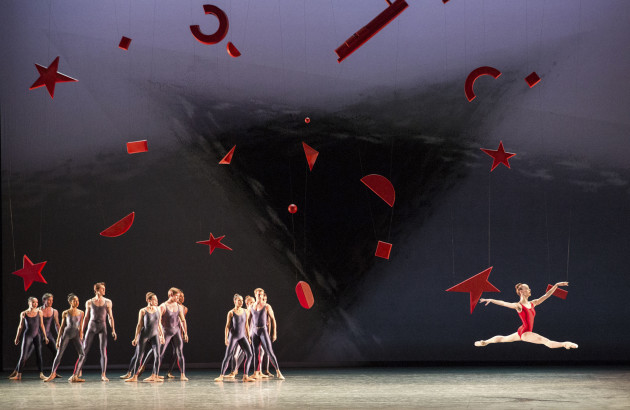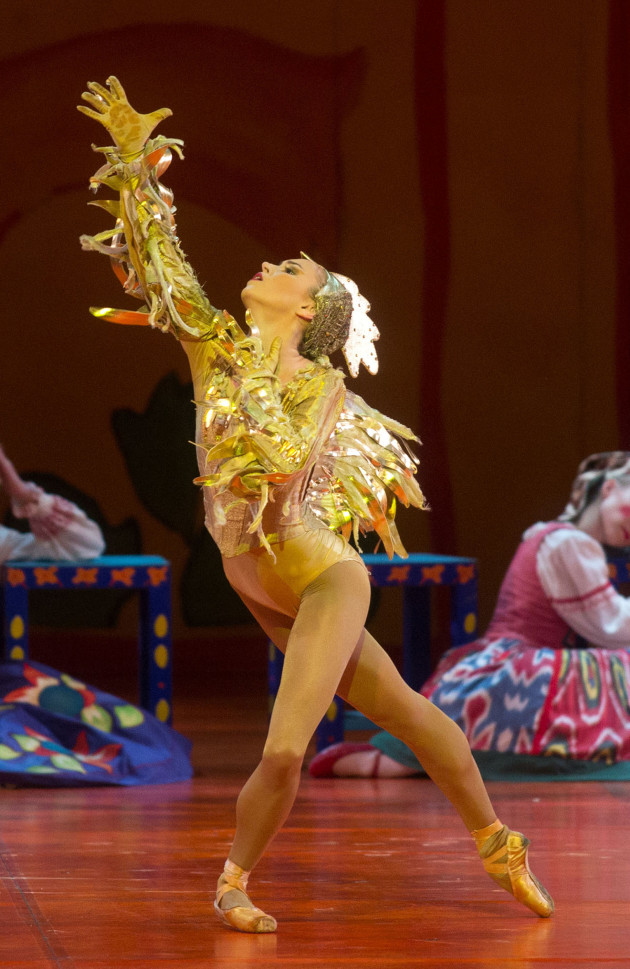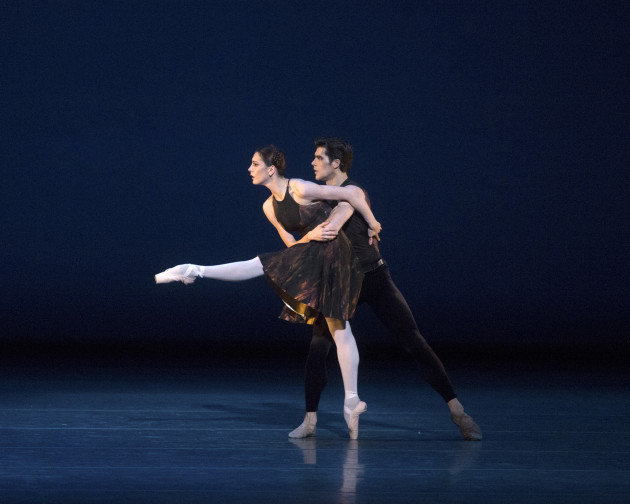From New York: an abundance of Ratmansky

During the ballet-filled months of April, May and June, New York City has experienced an unofficial Alexei Ratmansky festival. His works have been dominating the repertory of American Ballet Theatre's eight-week spring season, providing ample evidence of how his presence as ABT's Artist in Residence (in reality, its de facto resident choreographer), has helped shape the company's current artistic profile.
Meanwhile, New York City Ballet, during its own six-week spring season, performed two of the four works Ratmansky has created for that troupe. (The two companies perform in neighboring theaters in Lincoln Center arts complex – across the plaza from one another.) These ballets, Concerto DSCH (created in 2008) and Pictures at an Exhibition (2014), are two of the choreographer's finest works
ABT devoted a full week to two all-Ratmansky triple bills, and also turned to the choreographer for the season's major new production: the two-act, elaborately designed The Golden Cockerel – his contemporary re-imagining of Le Coq d'Or, which was first choreographed by Fokine in 1914.

A fairy tale with a whiff of political satire, Le Coq d'Or was initially an opera by Nikolai Rimsky-Korsakov. Fokine then used that music for two different ballets – first for Diaghilev's company, which placed the dancers on stage and singers n the pit. In 1937, he revised it for De Basil's Ballets Russes – this time with a purely orchestral version of the music.
A devoted student of ballet history and a meticulous researcher, Ratmansky used his knowledge of those earlier productions to create his own 2012 version for the Royal Danish Ballet. For ABT, he had the chance to make changes within that framework. He worked with set and costume designer Richard Hudson, whose fantastically vivid, colorful and fantastical designs drew inspiration from Goncharova's earlier work for both Fokine's productions.
The result is more of a pageant than a ballet; there's almost no technical bravura, but rather a considerable amount of mime (and rich roles for skilled dancer-actors) – and a plot that veers from fantasy to whimsy. Yannis Samprovalakis adapted the Rimsky-Korsakov score for Ratmansky, who clearly enjoyed re-creating this tale of a manipulative astrologer, the magical bird he presents to the ineffectual Tsar, and the seductive yet remote Queen on whom the plot turns.
Hudson was also Ratmansky's crucial and skillful collaborator on last year's mammoth undertaking for ABT: a new Sleeping Beauty which aims to re-create, in tone, style and technique – the Petipa original. Fascinating and revelatory when it was new last year, it's scheduled for eight performances to close ABT's current season.
Ratmansky often chooses scores by Russian composers for his ballets, and Shostakovich has been one to whom he often returns. His 2013 Shostakovich Trilogy returned triumphantly to ABT's repertory, confirming what a major achievement it is. Between the three contrasting ballets -- which deftly evoke, or allude to, the Soviet era which shaped the composer's career – there are 13 lead roles. ABT fielded two casts of each ballet, and the dancers responded to Ratmansky's bold, evocative creations with newly vivid interpretations.
Alternating with the Trilogy was an all-Ratmansky bill that included his somewhat overwrought and slightly cartoonish version of The Firebird, along with Seven Sonatas, his intimate 2009 work for three couples set to Scarlatti piano sonatas. The program opened with his latest ABT premiere – a rare exploration of American music. Serenade After Plato's Symposium is set to Leonard Bernstein's score of the same title.

Unusual in its cast – seven men and a lone woman, who puts in only a brief appearance – Serenade has a contemplative tone, evoking a fraternity of men who share ideas and offer each other support. There are some exceptional (yet not overly showy) solos, and the work 's two casts showcased the depth of talent and individuality in ABT's male roster
Ratmansky also turned to Shostakovich for his second NYCB commission, the brilliantly crafted, endlessly inventive Concerto DSCH which returned t the repertory in excellent shape. Set to the Piano Concerto No. 2, it is so full of unexpected, wittily calibrated moments, and so rich in its layering of soloists and ensemble, that as soon as it ends, one feels ready to view it again.
Most of the original cast of that ballet is no longer dancing in it, but Pictures – a more expansive, mature and nuanced work – is still being performed by most of the ten dancers on whom Ratmnsky created it. The ballet boldly reveals new aspects of such exceptional principals as Sara Mearns and Amar Ramasar. There is a powerful collective energy among the ten, yet plenty of opportunities for them to explore intriguing and mysterious individual byways.
----Susan Reiter



